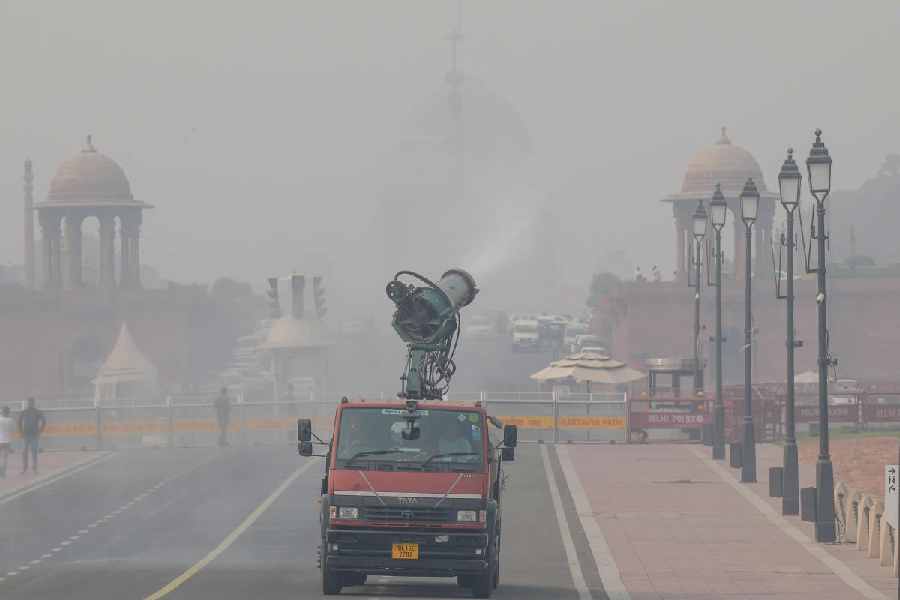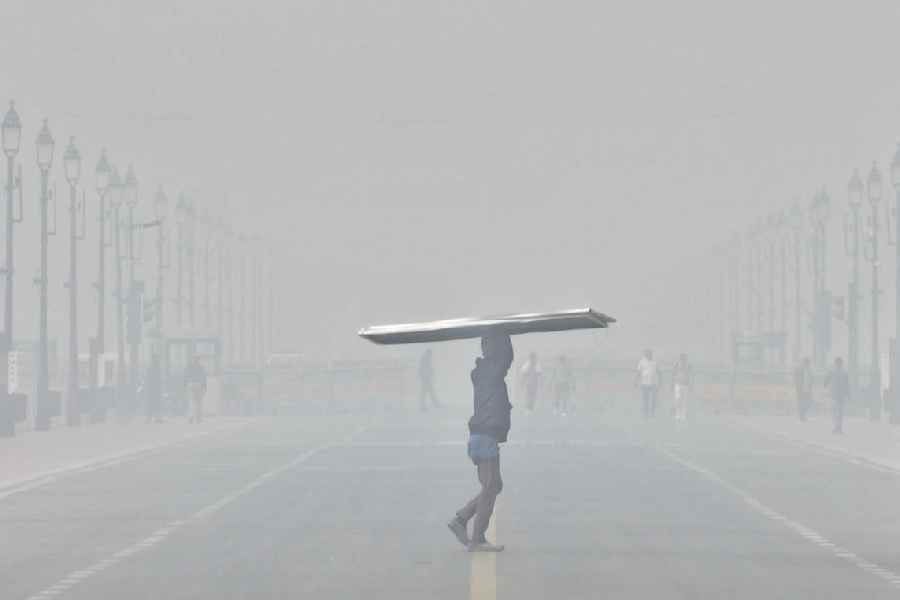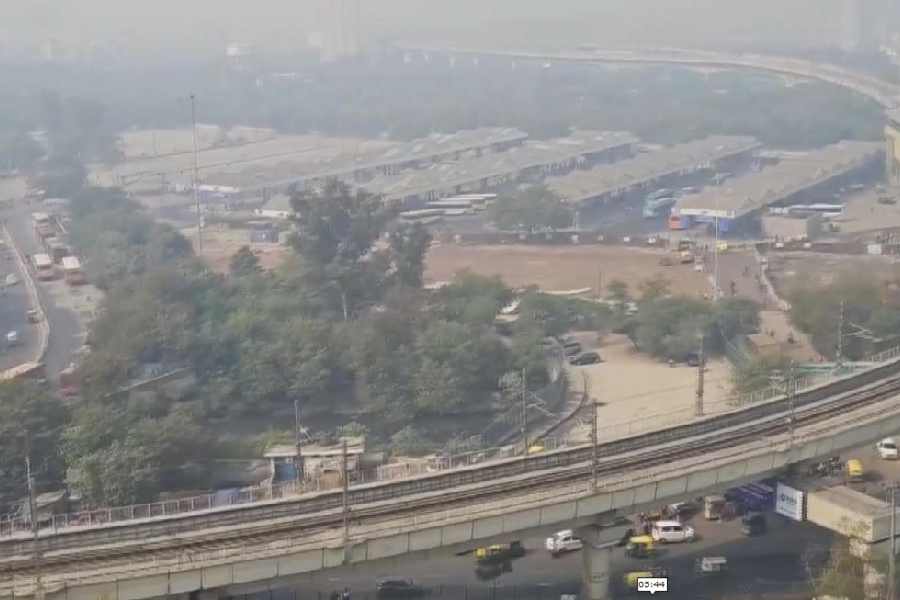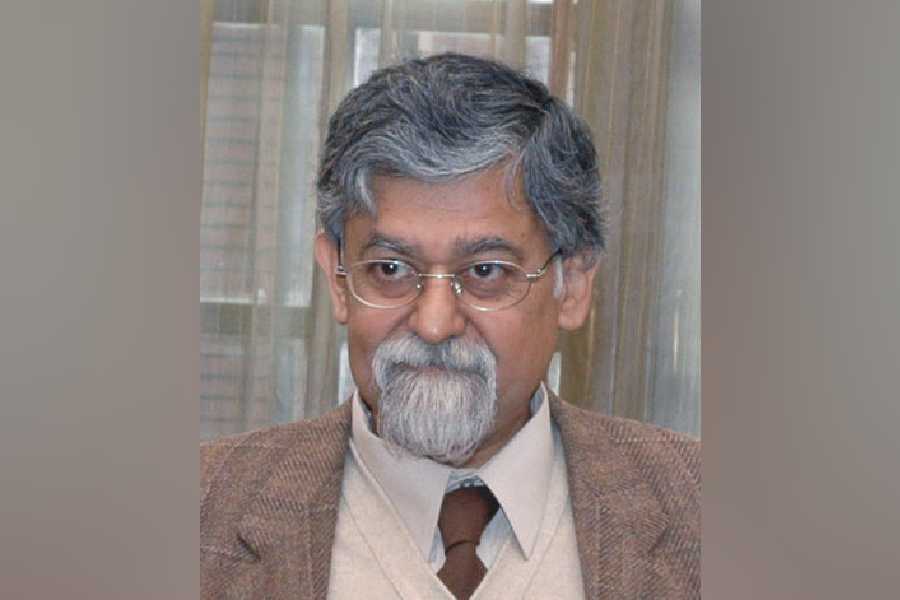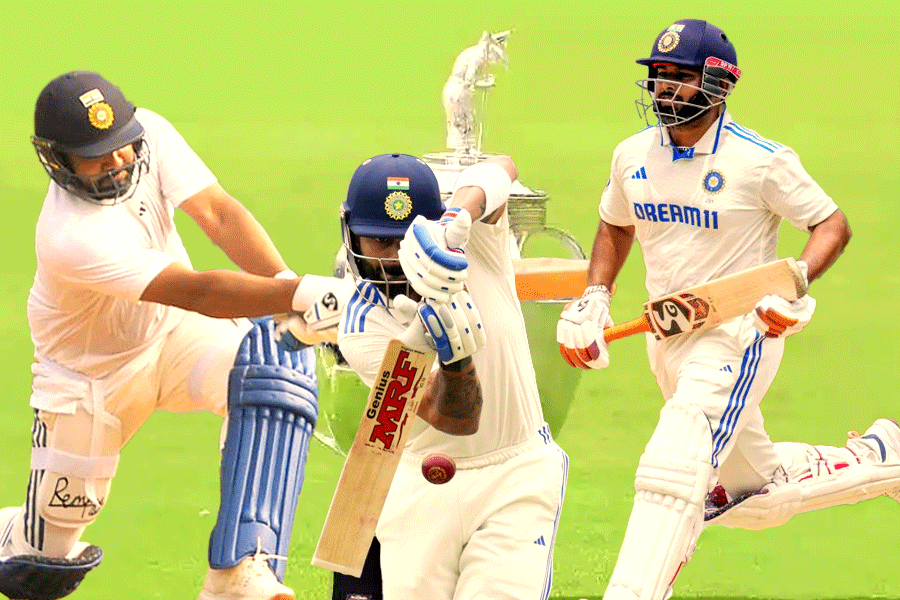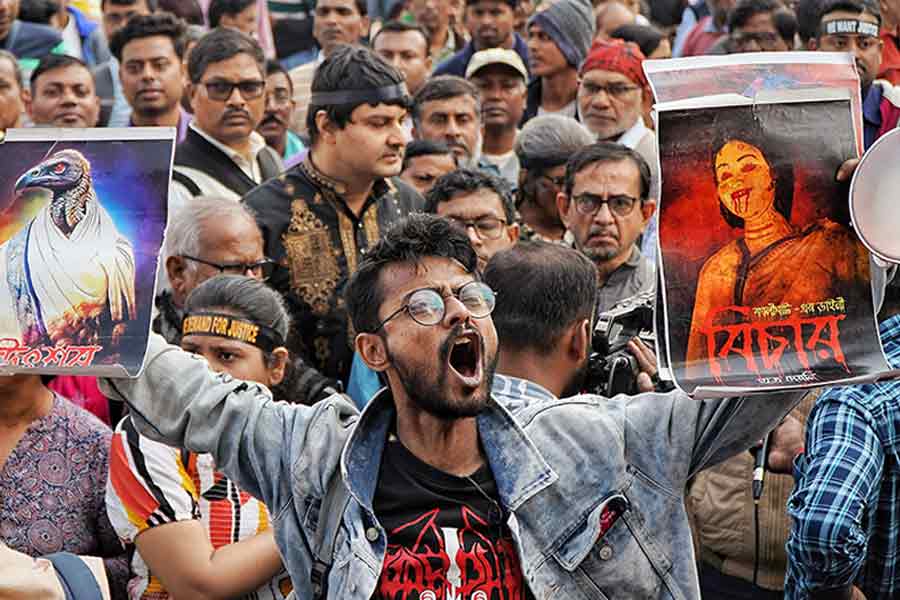A pilot project using drones to spray mist at the pollution hotspots in Delhi may come to a halt due to its high costs and lack of measurable results, an official said.
The technology was proposed as part of Delhi's 21-point Winter Action Plan to combat worsening air quality. However, officials have deemed the project costly and ineffective, stating that it has failed to deliver significant, measurable improvements.
"The technology is extremely expensive and does not provide noticeable advancements compared to the existing methods, which are already yielding better results at a fraction of the cost," an official involved in the evaluation told PTI.
On November 8, a demonstration of the project was conducted at Anand Vihar, one of Delhi's most polluted areas.
During the demonstration, Delhi Environment Minister Gopal Rai highlighted the challenges posed by the pollution hotspots such as narrow roads or congested areas where traditional modes of transport, including trucks, cannot reach.
"Pollution levels in these hotspots are higher than the average AQI in the capital. This is where drones can be particularly effective," Rai said.
Stating that the effort aims to reduce particulate matter, Rai said, "Each drone can carry 15 litres of water. After sprinkling water, it will return to refill and then continue sprinkling at the inaccessible sites." He also said the Delhi Pollution Control Committee (DPCC) has floated a tender for three drones to be deployed at different hotspots.
Engineers of the environment department and the DPCC would submit a report after analysing the data, and Delhi government would take steps based on the findings, Rai said.
"If we get promising results from today's testing, we will move forward with formal tenders to acquire additional drones," he said.
Officials, however, remain sceptical about the practicality of the technology.
"The technology we are currently using is already delivering similar results. The drones, while innovative, only rise a few metres to spray water, which hasn't shown any noticeable impact so far. In this situation, we are not confident about the technology," an official said.
"Hence, opting for drones doesn't make much sense. The existing methods are already providing actionable results and can be deployed extensively across the city without incurring the high costs associated with drones," the official added.
Delhi government has identified 13 pollution hotspots, including Anand Vihar, Mundka, Wazirpur and RK Puram, which consistently experience worse air quality than the rest of the city.
Delhi's air quality reached alarming levels on November 17, with the Air Quality Index (AQI) touching 450 and entering the 'severe-plus' category for the first time this year.
In response, the Commission for Air Quality Management in the National Capital Region (CAQM) imposed Stage IV restrictions, the strictest level of action under the Graded Response Action Plan (GRAP).
The curbs came into force from the morning of November 18, when AQI levels reached a hazardous 494 -- the city's second-worst air quality in six years.
The air quality began to get better by early December with the help of strong winds, and by December 1, it improved to the 'poor' category.
An AQI between zero and 50 is considered 'good', 51 and 100 'satisfactory', 101 and 200 'moderate', 201 and 300 'poor', 301 and 400 'very poor', and 401 and 500 'severe'.
Except for the headline, this story has not been edited by The Telegraph Online staff and has been published from a syndicated feed.

